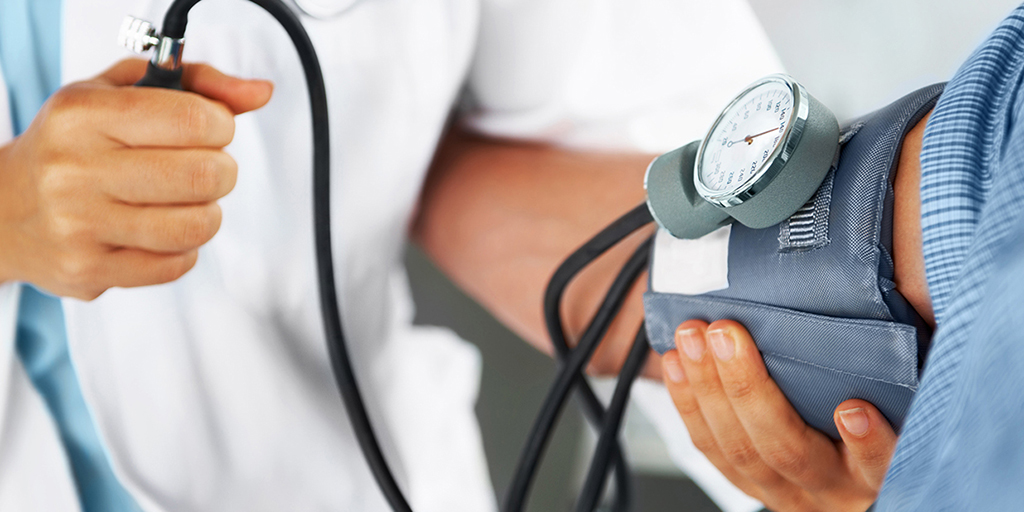High Blood Pressure: What a Difference a Day Makes

Find Your Perfect Match
Answer a few questions and we'll provide you with a list of primary care providers that best fit your needs.
The American Heart Association issued new guidelines this week regarding who — and who doesn’t — have high blood pressure (HBP). That means millions of Americans woke to a diagnosis of HBP that they didn’t have when they went to bed the night before.
HBP, which can lead to stroke, heart disease and kidney failure, used to be defined as a reading at or above 140/90 mm Hg. (The first number is called the systolic pressure; the second is called the diastolic pressure.) Now if you have a measurement at or above 130/80 mm Hg, your blood pressure is considered high.
Premier Health Now asked Mukul Chandra, MD, with Premier Cardiovascular Institute to explain the thinking behind the new guidelines and what you can do to improve your reading. The change, he says, is for good reason. “High blood pressure is the most preventable cause of death other than smoking,” he explains. “Yet according to the new guidelines, nearly half of American adults are diagnosed with it.”
For most, lifestyle changes can make a significant impact. That means:
- Reducing your salt intake
- Eating lots of fruits and vegetables
- Limiting alcohol to one drink per day (women), two drinks per day (men)
- Exercising 30 minutes a day, five days a week
“Data from the last five years indicates that if you drop your blood pressure by just 10 points, you can cut your risk of stroke in half,” Dr. Chandra says.
For those who are unable to bring their blood pressure to the normal range (less than 120/80 mm Hg) with lifestyle changes, prescription medications are an option. “Blood pressure medicines cost about $4 a month, so there is absolutely no excuse for not managing your blood pressure,” he advises.
Dr. Chandra says that the new guidelines have the potential to increase awareness of the dangers of high blood pressure, encourage lifestyle changes and get treatment to adults at high risk for heart disease. “The guidelines also encourage identifying socioeconomic status and psychosocial stress as risk factors for high blood pressure that should be considered in a patient’s care plan,” he explains.
Be sure to consult your health care provider about your blood pressure and what you might need to do to get or keep it in a healthy range.
Find Your Perfect Match
Answer a few questions and we'll provide you with a list of primary care providers that best fit your needs.
Source: Mukul Chandra MD, Premier Cardiovascular Institute; American Heart Association




